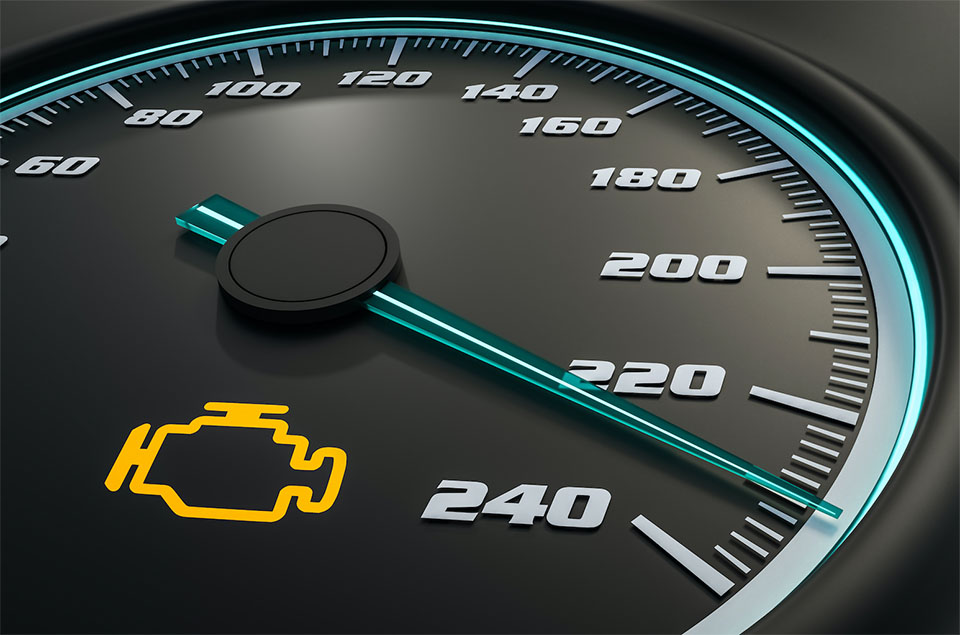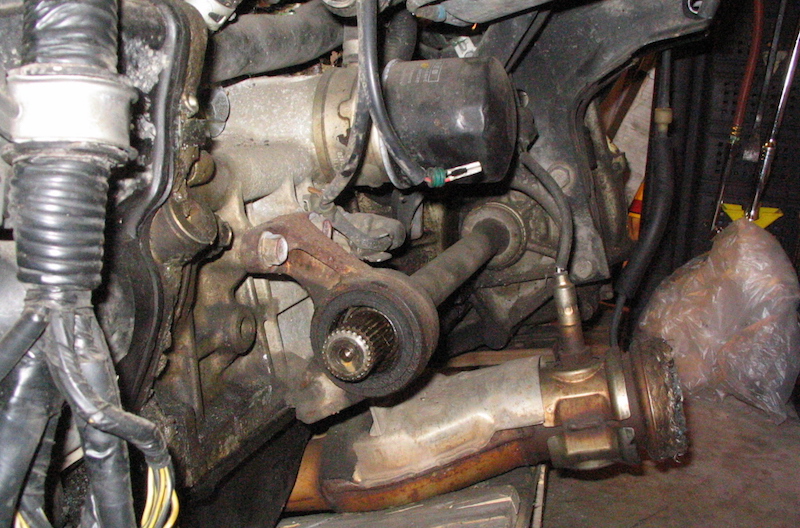If you live in an area where emissions testing is part of the inspection process, you already know that elevated emissions and an illuminated Check Engine light (CEL) can be enough to fail your vehicle. You probably also know that the catalytic converter is one of the most important parts of your vehicle's emissions equipment.
If your CEL is on, stop by your local Advance store for a free diagnostic code check.
Today we're going to take a look at trouble code P0420, which indicates a catalytic converter problem.
P0420 — Catalyst System Efficiency Below Threshold (Bank 1): What It Means
The catalytic converter was one of the earliest pieces of emission control equipment, originating back in the mid-1970s. The catalytic converter works at extremely high temperatures and essentially incinerates particulates and certain exhaust gases before they leave the tailpipe, turning them into CO2 and water vapor. A P0420 code means there's a problem with the catalytic converter not working at peak efficiency, and emissions will be out of spec as a result.
Symptoms
- Poor acceleration due to increased back pressure
- Poor fuel economy
- Failed emissions test
- Hard starting
- Noticeable sulfur or "rotten egg" smell
What Happens If I Ignore It?
A failing catalytic converter means an excessively restricted exhaust and increased back pressure that literally prevents your engine from breathing. This can cause the powertrain control module (PCM) to change fuel/air metering and can overheat the exhaust to a point where it can damage valves, valve seats and the exhaust manifold.
Possible Fixes
Where a P0420 code gets a bit tricky is the fact that a fouled or worn-out O2 sensor can also trigger a code with the catalytic converter, so you might (or might not) see O2 sensor-related codes too. Thankfully, troubleshooting isn't as hard as it might be with other codes.
- Raise and securely support the vehicle. Crawl underneath and give the catalytic converter a couple of sharp raps with a hammer or wrench. Any kind of rattle from the converter can indicate a failed element or mesh on the inside.
- Check the entire exhaust system for rust-through, damage or leaks.
- With the engine fully warmed up and idling, use an infrared thermometer and take readings up and down the exhaust stream. The readings where gases enter the converter, downstream of the converter, and at the tailpipe should be in the same range — with temperature downstream of the cat only slightly higher. If there's a spread of 100 degrees or more, chances are there's a problem with the cat.
- NOTE: A catalytic converter doesn't often fail on its own - in fact, they are covered by a lengthy warranty. In other words, things like coolant, raw fuel from a misfire, or oil burning can be enough to foul the catalytic converter. Trouble codes P0300, P0301, P0302, P0303, P0304, P0305, P0306, P0307, P0308, P0174, and P0171 are related to misfires and other engine management problems. Any of these codes can contribute to and set up conditions for a cat-related code, and should be addressed first.
- A vacuum gauge can also be used to check the cat. Connect the gauge to a vacuum line at the intake manifold and check the reading — it should be around 16 to 21 inches of mercury. Rev the engine to about 2500 rpm; the vacuum should drop briefly, then should return to the same level. If the vacuum is slow to recover or stays low, that can point to an obstruction in the cat.
- Using a digital multimeter, check the voltage reading at the downstream O2 sensor. The reading (with the engine idling at normal operating temp) should be around 0.45V. If the reading fluctuates between 0.1V and 0.9V, this could indicate an obstruction in the cat.
Replacing the catalytic converter is a fairly big job that might be better left to an exhaust shop.
Is this a code you've come across? Let us know about your experiences in the comments.









